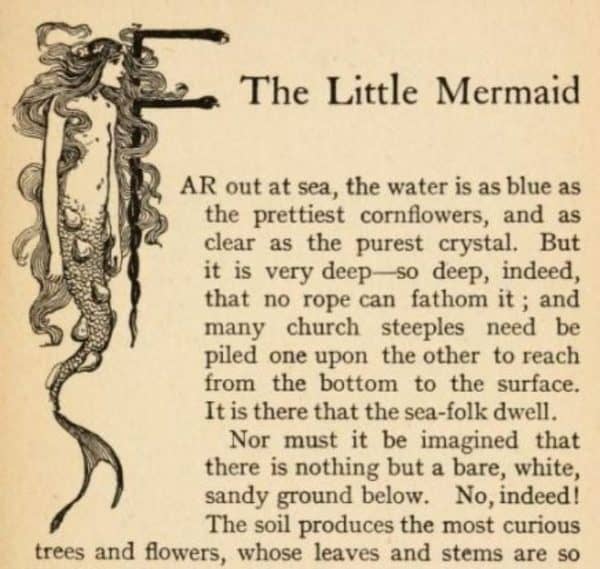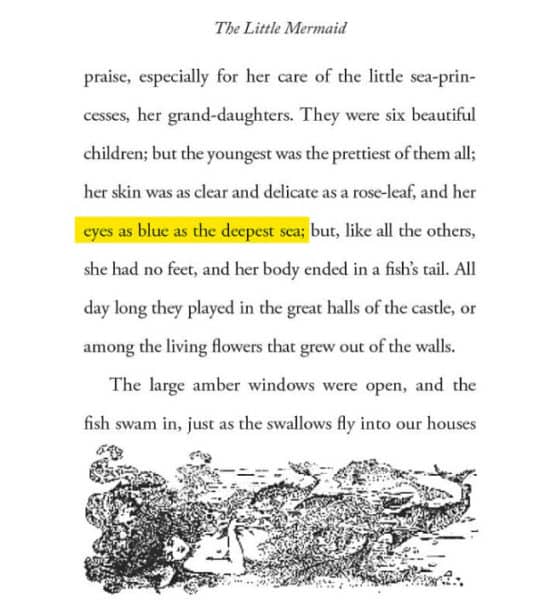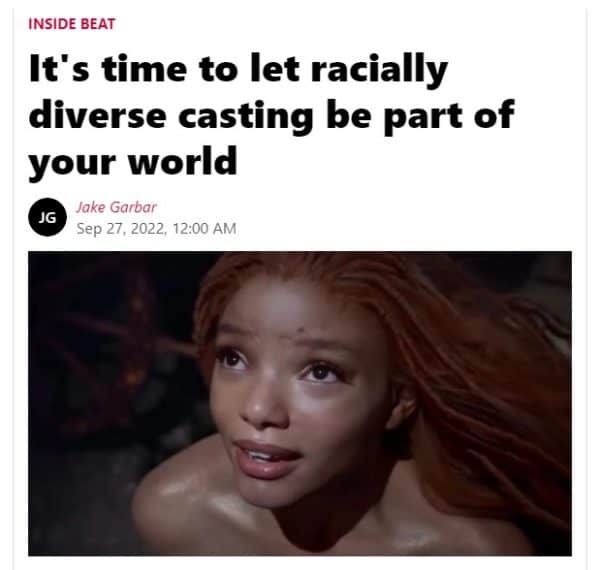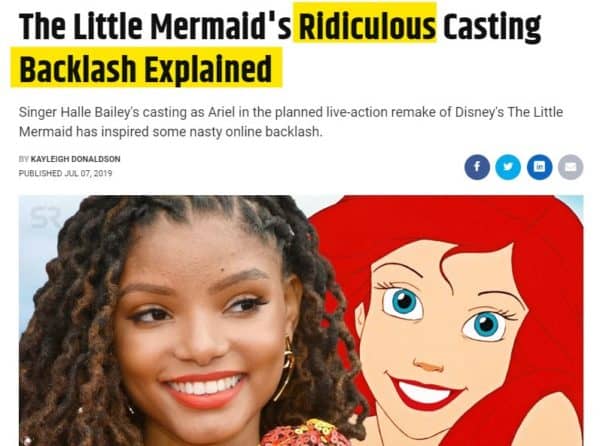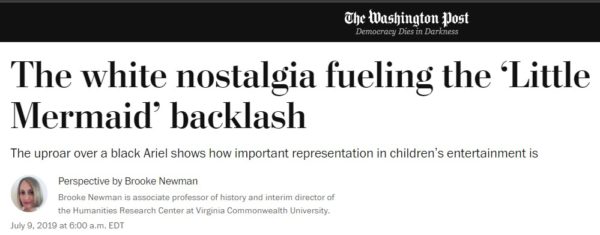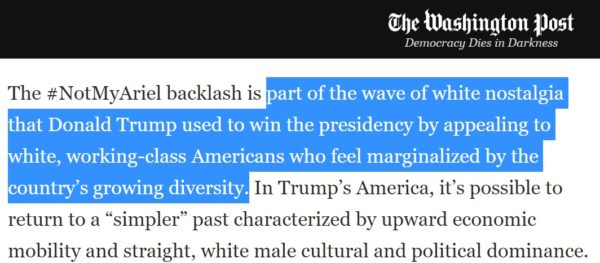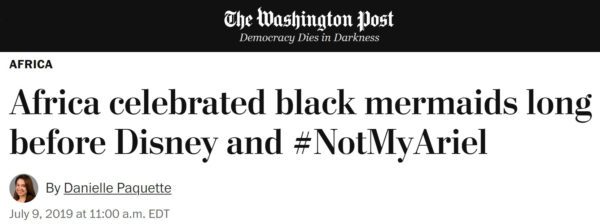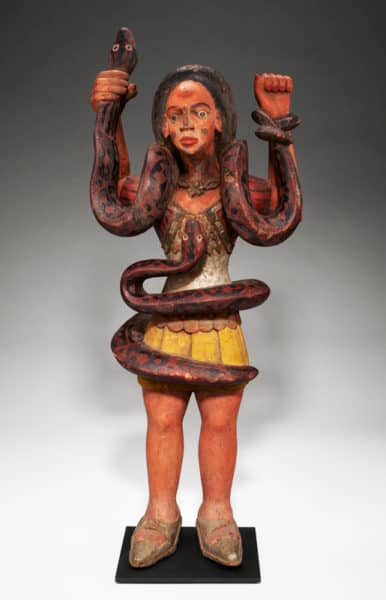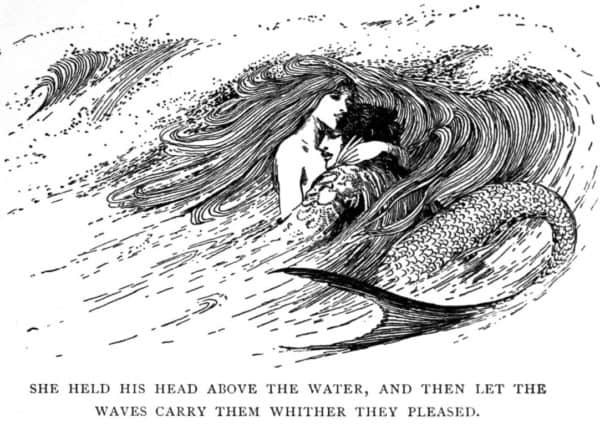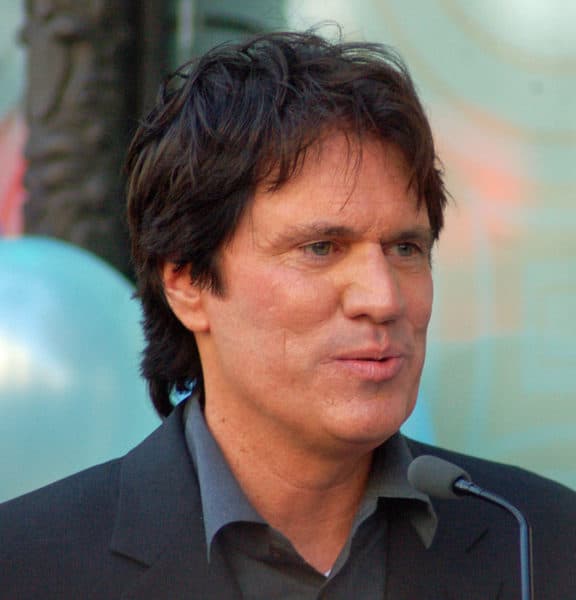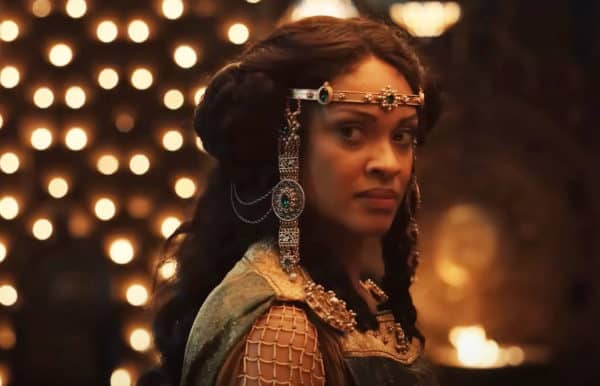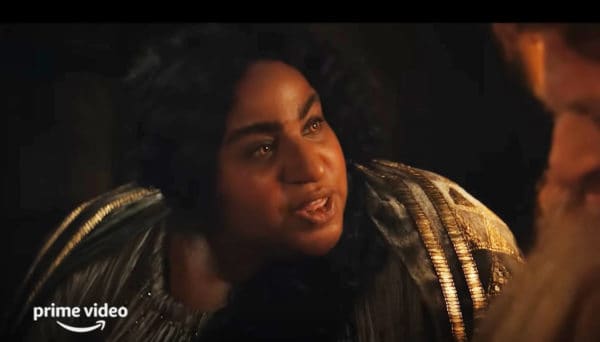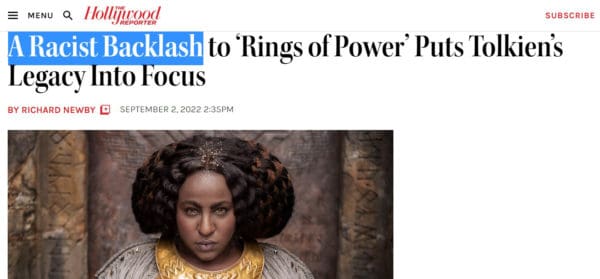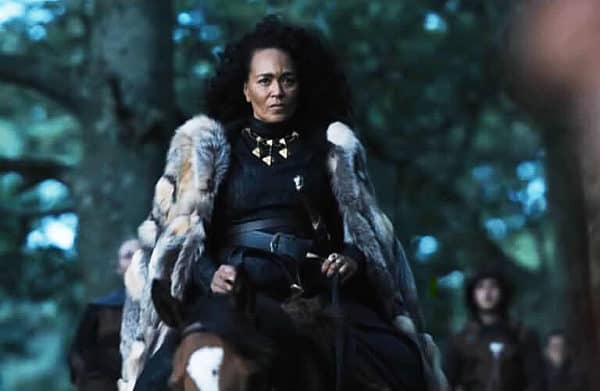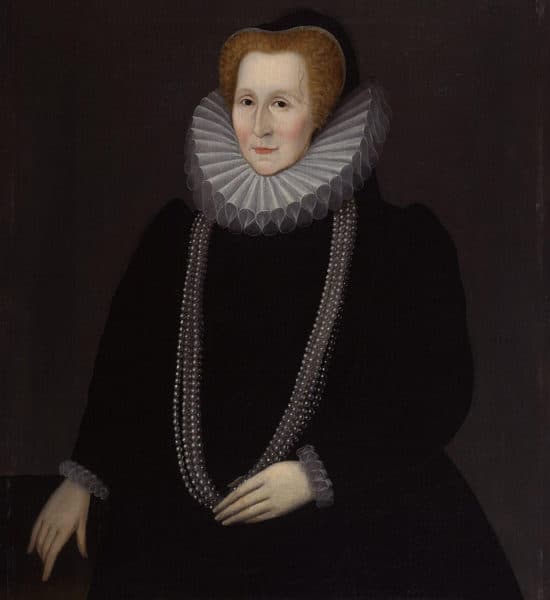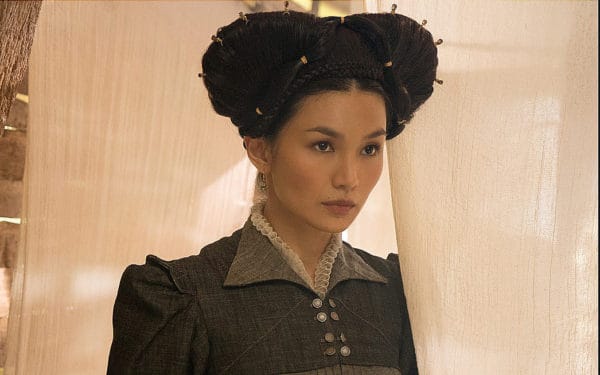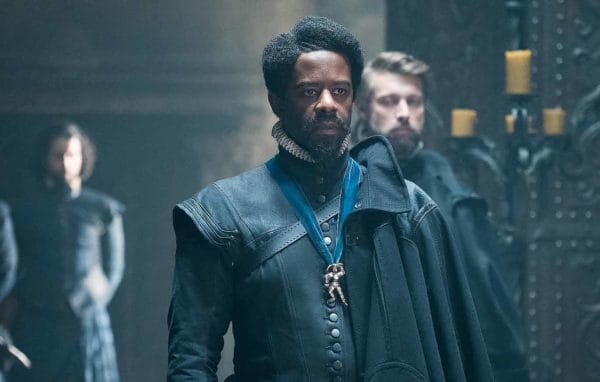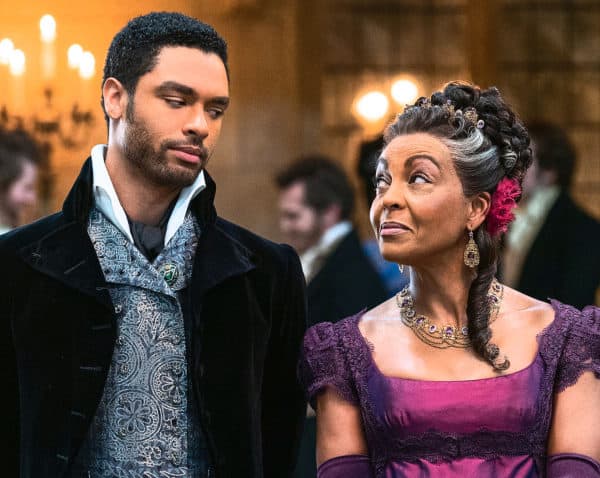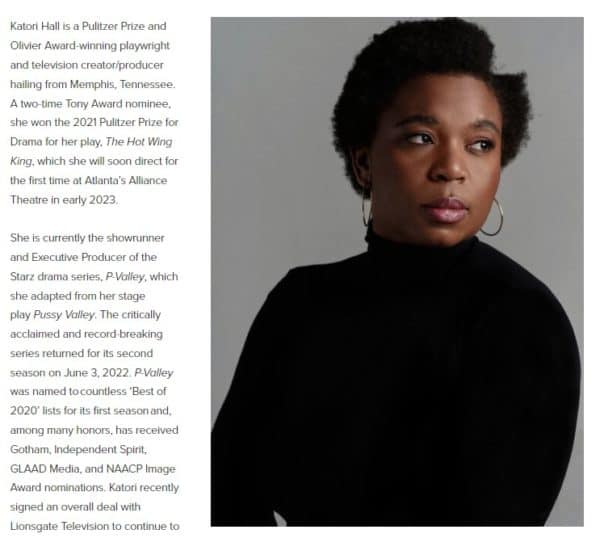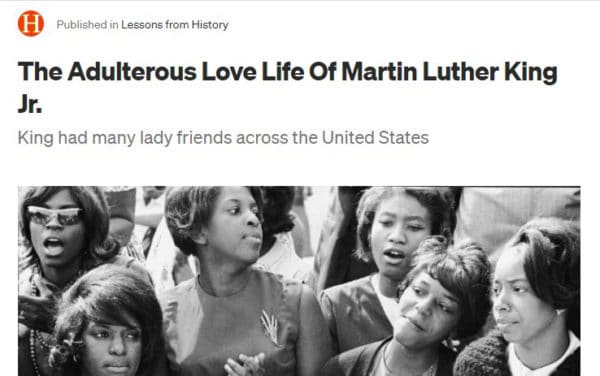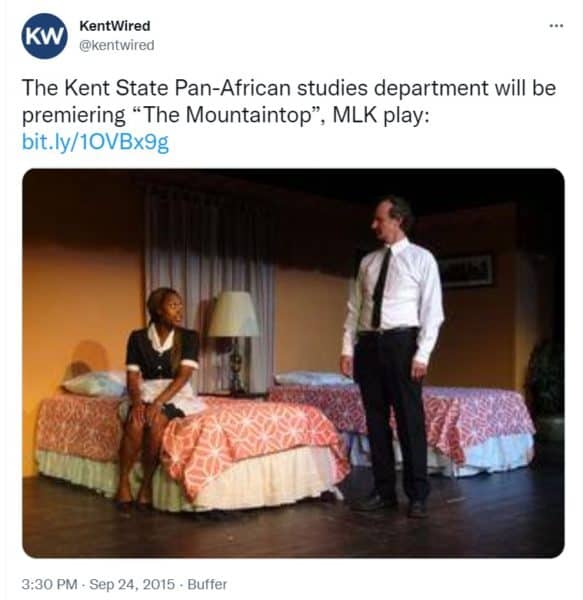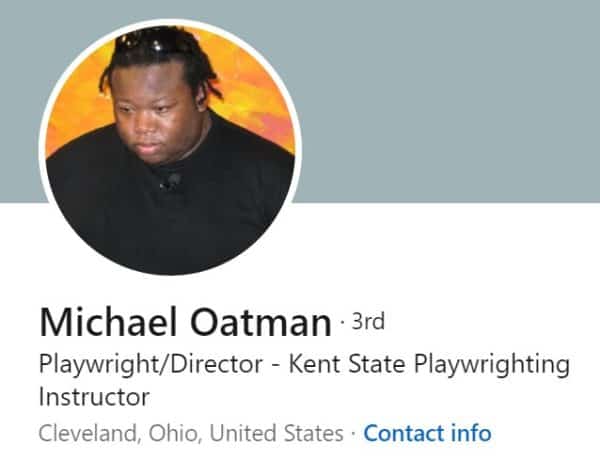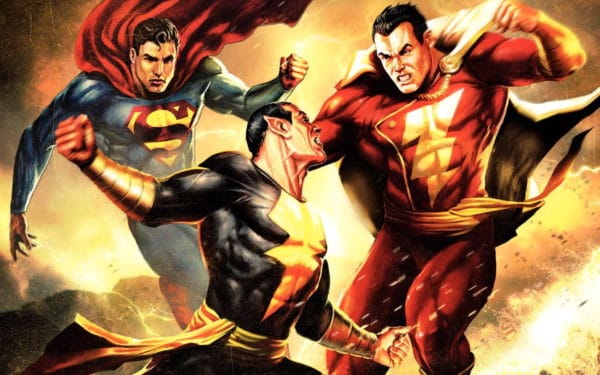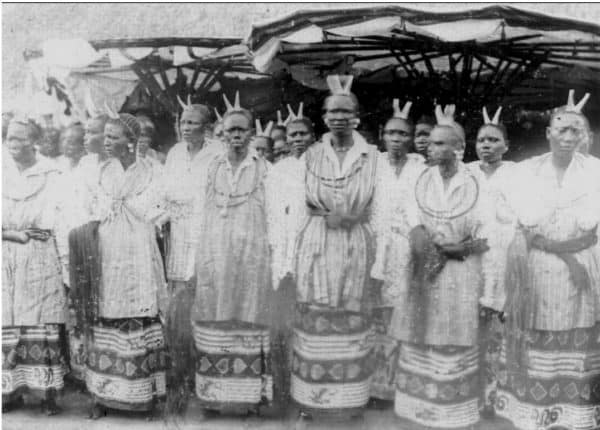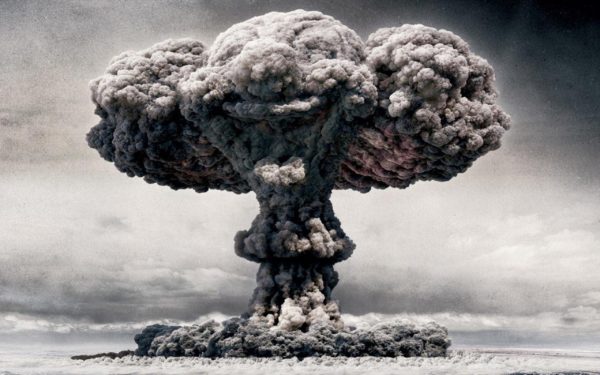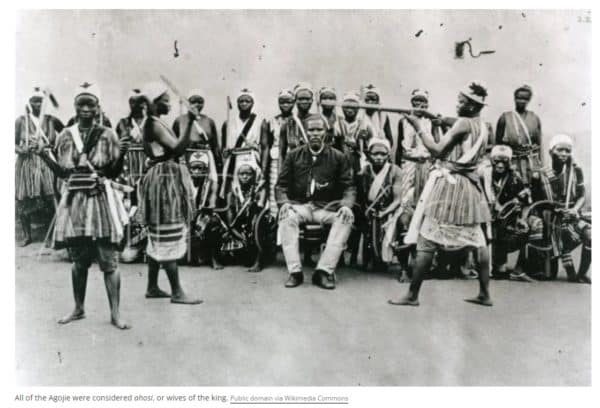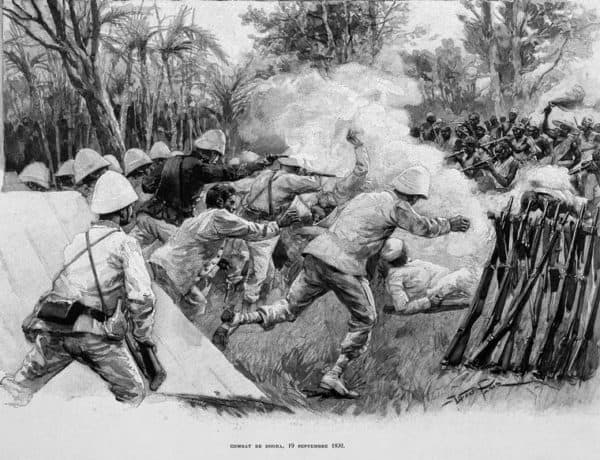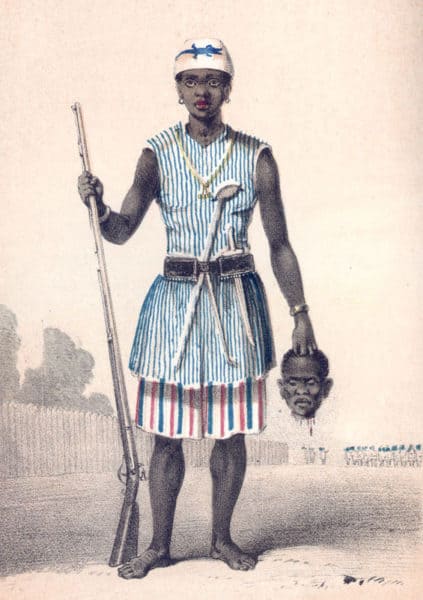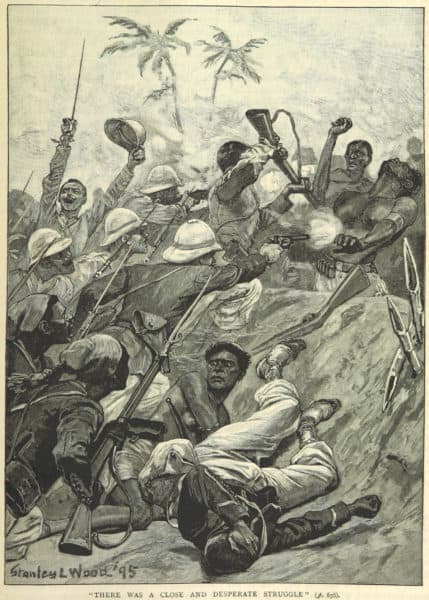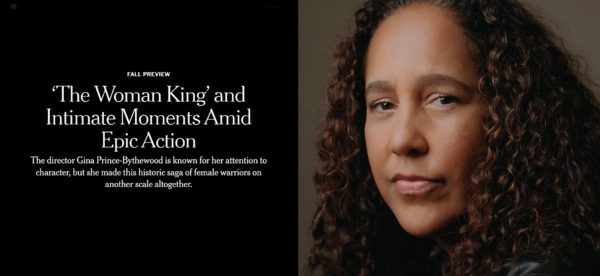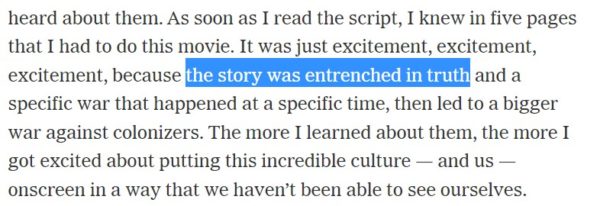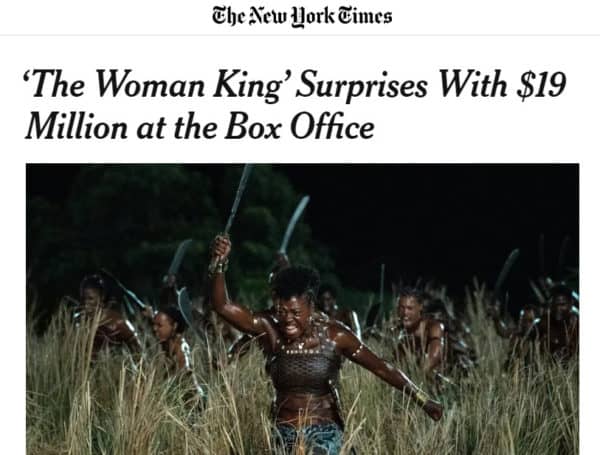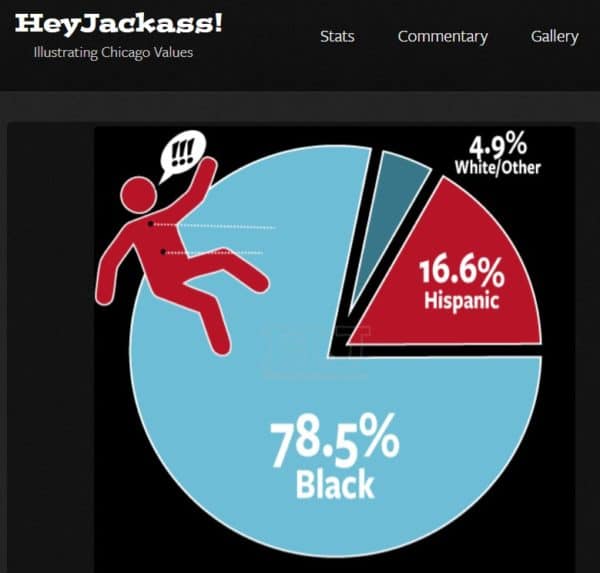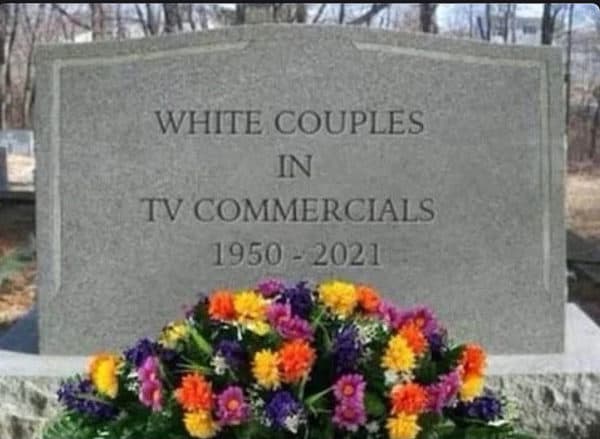The Great Entertainment Replacement
- Post AuthorBy Jared Taylor
- Post DateFri Sep 30 2022
This video is available on Rumble, BitChute, and Odysee.
Out with the whites and in with the blacks. That seems to be Hollywood’s motto these days. The Little Mermaid is the latest switcheroo, with a black mermaid as Ariel. The character in the Hans Christian Anderson fairy tale has always been white, and he described her as having “eyes as blue as the deepest sea.”
But the author’s intentions don’t matter because “It’s time to let racially diverse casting be part of your world.”
A lot of people don’t think it’s time for that. When the trailer for the movie appeared on Youtube, it racked up more than two million thumbs down in just two days, so YouTube disabled the “dislike” counter. This week the trailer had 63 thousand likes and not a single thumbs down.
Why don’t people like the new, black Ariel?
Many articles have popped up to explain this “ridiculous backlash.”
Do you have any idea what the problem is? “Racism, plain and simple,” says this article. Not that complicated kind of racism. Plain and simple racism.
The Washington Post explained that “white nostalgia is fueling the ‘Little Mermaid’ backlash,” and even dragged in the second most evil man in human history after Adolph Hitler.
The backlash is “part of the wave of white nostalgia that Donald Trump used to win the presidency by appealing to white, working-class Americans who feel marginalized by the country’s growing diversity.”
The Post can use even a mermaid to attack Donald Trump.
And then the paper thought it landed a real haymaker with an article called “Africa celebrated black mermaids long before Disney and #NotMyAriel.”
It claims Africans have worshipped a black water spirit called Mami Wata for 600 years. The Post forgot to mention that Mami Wata is pidgin English for Mommy Water, and anything African with an English name is not 600 years old.
Mami Wata can charm snakes, is supposed to be very sexy, and often walks around on legs seducing men.
What was that hashtag? #NotMyAriel? The Post doesn’t explain how Mami Wata justifies turning Ariel black.
It was the Disney movie’s director, Robert Marshall, who made the decision.
He hasn’t explained it publicly, but we do learn from Wikipedia that “As of at least 2007, Marshall lives in New York City with his partner, producer John DeLuca.”
Ariel is not alone. J. R. R. Tolkien’s Middle Earth now has plenty of important black characters.
and if you don’t like it you are part of the “racist backlash.”
None of this is new. There was an idiotic streaming series set in 12-century Iceland that had an Afro-Viking queen.
Bess of Hardwick was a prominent 16th century Englishwoman, but she turned into an Asian when BBC put her in the movie version.
Lord Thomas Randolph, who served Queen Elizabeth I, showed up with an afro.
A recent Netflix period drama called Bridgerton – which is admittedly fiction – has a thoroughly fictional cast.
The cliché “racist” response is to say, no one would dare take a non-white character and turn him white. Well, you racists are wrong. There is a play about Martin Luther King’s last night on earth called The Mountain Top. It’s written by a black woman named Katori Hall.
I suspect it leaves out the two adulterous trysts he had that night.
But look at this: “The Kent State Pan-African studies department will be premiering “The Mountain Top.”
That’s MLK, folks. A white man!
It was a six-performance amateur production. The white played King for three performances and a black played him for the other three. Michael Oatman, the Kent State prof who cast the play, explained that it was “a true exploration of King’s wish that we all be judged by the content of our character and not the color of our skin.”
What an idea! Mr. Oatman is black, of course.
No white man would dare try that, but protective coloring didn’t work: “Playwright outraged after white actor cast as Martin Luther King.”
Katori Hall said it was “yet another erasure of the black body,” that she felt “rage,” and that on stage, “our black bodies must stand unaltered . . so that our skin, like King’s, can reflect back our humanity.”
White bodies can be altered, though, I guess because our skin reflects back our inhumanity. Katori Hall thinks shows like Hamilton, where blacks play whites, are fine.
Another switcheroo opens next month, with an old DC Comics villain called Black Adam.
He’s the arch enemy of the good guys, Captain Marvel and Superman.
Now, it’s not just his clothes that are black. He’s an Afro-Samoan, and he’s got his own feature film, in which he is the superhero.
There’s a completely different level of phoniness in The Woman King, which seems to happen when you have a black screen writer and a black director. The movie is about the Agoji, an all-women military unit that fought for the King of Dahomey in West Africa in the 19th century. A few survived into the age of photography.
In the movie, they fight to abolish slavery, whereas the historical Dahomey was one of the most aggressive slave-catching kingdoms in all of Africa. It made war all up and down to coast, hunting slaves for human sacrifice and to sell. So this is like a movie about the War in the Pacific, in which the fighting begins with a sneak American A-bomb attack on Tokyo.
The very name, The Woman King is phony. The main character isn’t a king; she’s just the head Agoji, and all Agoji were minor wives of the king.
Dahomey started using women soldiers because it had fought so many slave-hunting wars it had a shortage of men. The real Agoji mostly operated at night, and sneaked up on enemies and cut off their heads. The movie-Agoji are superwomen who slaughter men – black and white – in open battle
Dahomey fought a five-month war against the French in 1892. About 14 percent of the Dahomey army were Agoji.
They were armed with modern German rifles, as you can see in this image, and they fought in dresses, not the movie getup.
The French slaughtered them.
An estimated two to four thousand Dahomey soldiers died in the war. The French lost 52 whites and 33 Africans.
But the facts don’t matter to director Gina Prince-Bythewood, who wept for joy when she read the script.
As she explained in this New York Times article, “[T]he story was entrenched in truth. . . .”
“[P]eople can now learn that this doesn’t have to be a fantasy, that we really were these women.”
According to this article, 59 percent of the audience so far has been black, so I guess they think they really were these women.
Later this year there will be a sequel to Black Panther, and I don’t think any of the Wackandans will be played by white people – or by anyone else.
What’s the thinking behind this? That race is a social construct? Hardly. It’s elimination of white people, even from our own history – and our own fairy tales – while blacks glory in a heroic, all-black fantasy past and an all-black high-tech fantasy future. If that is supposed to boost their self-esteem and make them stop shooting each other – and us – it’s not working.
Or is it supposed to demoralize whites? Make us think we were bit players in history and have a meager future? Judging from television ads, in which all the couples are now mixed-race, it looks like we are supposed to miscegenate ourselves into extinction and have no future at all.
Black people are posting videos of their children bursting with happiness when they see the trailer for The Little Mermaid. “She’s black like me.”
What about the little white girls who say, “Daddy, that’s not Ariel.” Who cares about them? They can’t have their own stories.
This is all part of the sick and sickening adoration for blacks and loathing for whites we see everywhere. The good news is you don’t have to watch this trash. Read The Little Mermaid. It’s a beautiful, poignant story. Disney didn’t make a movie about Mami Wata because there’s no beauty or poignancy. We still have the beautiful things our people made. And we will make more.
